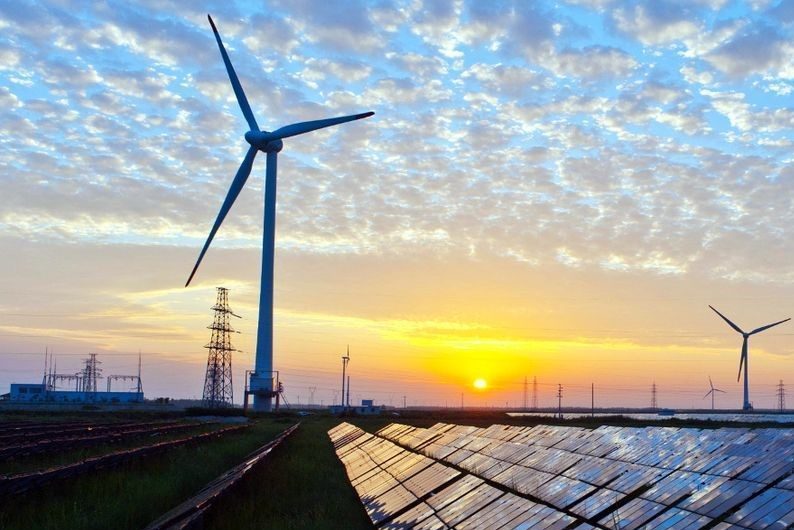- Client: Dutch Ministry of Economic Affairs and Climate Policy (EZK)
- Implementation period: July, 2019 - December, 2019 (Completed)
- Geographic coverage: The Netherlands
- Theme: Climate Change
- Topic: Climate Change Mitigation, Climate Change Policy and Strategy, Renewable Energy
- Experts: Hans Bolscher, Onne Hoogland, Tycho Smit, Joris Moerenhout
Will the proposed new subsidy scheme for reducing greenhouse gas emissions (SDE++) work in practice?
In May 2019, the Netherlands adopted the national Climate Law which transposes the international Paris Agreement into national climate goals. Following the Climate Law (klimaatwet), the Netherlands is committed to reduce its Greenhouse Gas (GHG) emissions by 49% compared to the 1990 levels in 2030 and by 95% in 2050. The concrete policy measures through which objectives should be achieved have been formulated in the Dutch Climate Agreement (klimaatakkoord), which was presented in June 2019. One of the key policy measures to meet the climate goals is the expansion of the Stimulation of Sustainable Energy Production (SDE+) subsidy scheme.
The SDE+ instrument stimulates the deployment of renewable energy by providing a feed-in premium. In order to obtain a subsidy, different technologies compete on the basis of their energy production cost. With about € 1 billion cash expenditures per year, it is one of the essential policy tools to facilitate the energy transition. In the renewed subsidy scheme (SDE++) the scope of the instrument will be broadened from renewable energy projects to greenhouse gas mitigating technologies in general.
The Ministry of Economic Affairs and Climate Policy contracted Trinomics to review its draft design of the new SDE++ instrument. The focus was on the methodological aspects and general assumptions of the instrument, with as overarching question whether or not the proposed instrument will work in practice.

This investigation provided the following preliminary results:
- The ambition to stimulate a broader range of CO2 abatement technologies involves several inherent challenges;
- By tackling these challenges within the scope of the SDE-instrument, the SDE-instrument becomes less robust;
- New technologies (CCS, hydrogen etc.) fit less well with SDE-instrument, because:
- Higher reliance on shared infrastructure;
- Broader benefits than only emission reduction;
- More variance in costs and conditions;
- Not sufficiently market ready yet.
- Draft SDE++ design seems feasible. No major issues identified that obstruct its introduction in 2020;
- Recommended to explore options to optimise the full mix of policy instruments (in the mid-term).